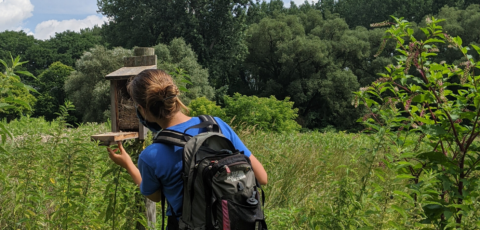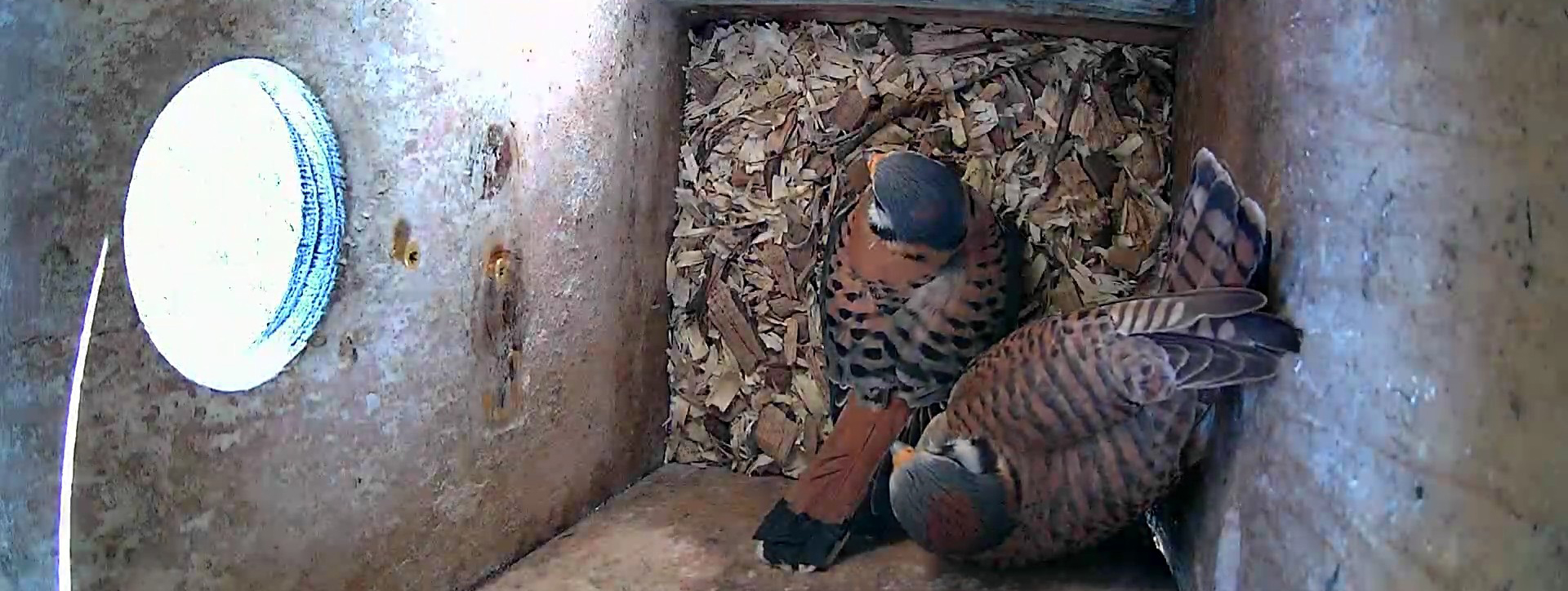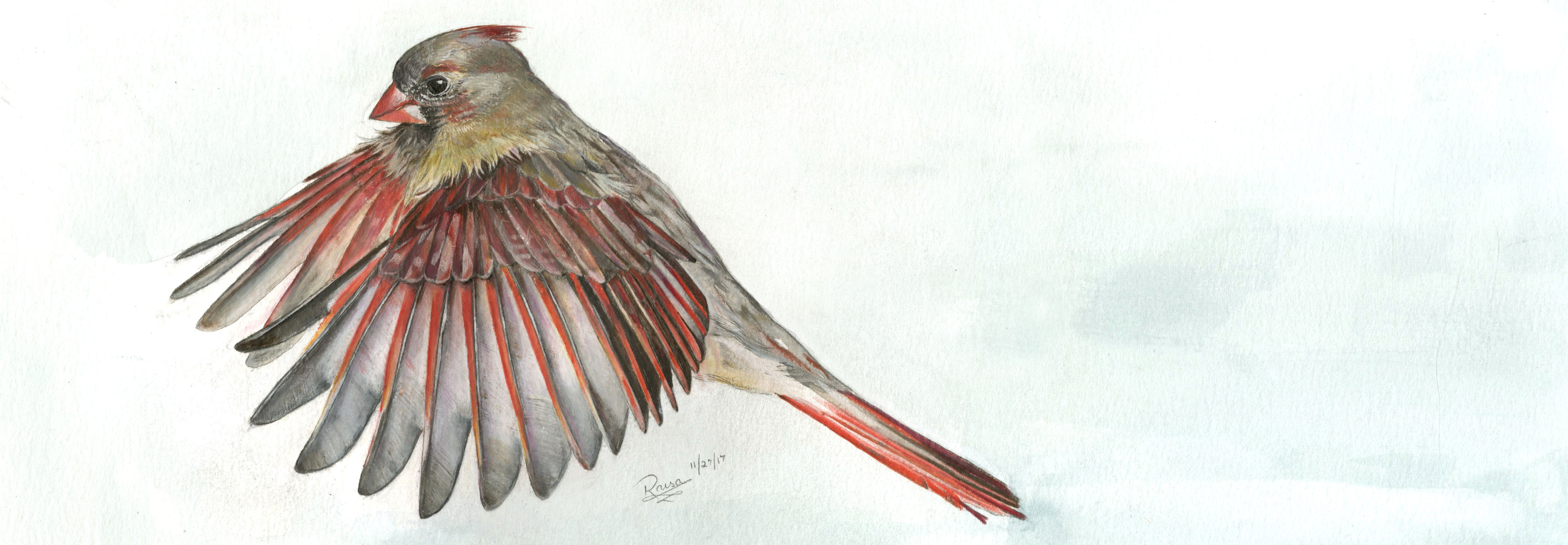NestWatch Blog Posts
Blog
 How Are People Managing Invasive Birds At Nest Boxes?
How Are People Managing Invasive Birds At Nest Boxes?A new study from NestWatch investigated how many people had experience with non-native birds in their nest boxes. The study explored peoples’ knowledge of House Sparrows and European Starlings, and their attitudes towards managing them, especially if people encountered these non-native birds in their monitored nest boxes.
 Gulls Just Wanna Have Data
Gulls Just Wanna Have DataFor seven years, Cornell University students diligently collected nesting data on two species of gulls in Maine. Recently this large data set has come home to roost in our NestWatch database via a generous bulk-upload contribution from Dr. David Bonter.
 From Pest to Pleasure: Solving a Neighborhood Bird Problem Peacefully
From Pest to Pleasure: Solving a Neighborhood Bird Problem PeacefullyWhen Pygmy Nuthatches were creating a nuisance in a Colorado community, one woman stepped in to advocate for a peaceful solution. That act of peace eventually changed the arc of her life—taking her from occasional birder to self-taught citizen scientist and community activist.
 FORCES for Good: An experiential learning program for college students
FORCES for Good: An experiential learning program for college studentsThis month, we’re highlighting students as FORCES for good. A unique program in the Finger Lakes, Niagara, and Central regions of New York called “Friends of Recreation, Conservation and Environmental Stewardship” (FORCES) is engaging college students to improve state park offerings. NestWatch is among the lineup of hands-on opportunities that are available to college students to help them gain career-related experience while also benefiting their local state parks.
 For American Kestrels, It Pays To Stay In Sync With Spring
For American Kestrels, It Pays To Stay In Sync With SpringA unique new study combines American Kestrel nest records from varied sources in order to analyze trends in nesting phenology. What they found is that for kestrels, especially those in the Northeast, it pays off to be right on time. Delays in starting a nest resulted in fewer offspring and lowered probability of success.
 Five Nests To Find This Year
Five Nests To Find This YearThis year we’re asking NestWatchers to accept our challenge to find one nest of a species you’ve never monitored before. For inspiration, we illustrated five beloved backyard birds that nest near people. Download and print the images as a reminder, and read on to learn how to find the nests of these “outside the box” nesters.
 Fall Gardening for Spring Nesting
Fall Gardening for Spring NestingWhat can you do this fall to build better habitat for your nest box inhabitants? Plant native! Native plants are a boon for wildlife, especially birds; they’re a great source of food and shelter, and they provide ample nesting material during the breeding season. Our guest Mhairi McFarlane dives into several different activities you can do right now to help create ideal nesting space for your birds come springtime.
 Eastern Bluebirds Using Open Cup Nests
Eastern Bluebirds Using Open Cup NestsIn May 2017, Jason Estep of Ohio witnessed something incredibly rare, or at least, rarely seen. An Eastern Bluebird female consistently sat in the old nest of an American Robin over an eight day period. Although the nest was too high to glimpse the contents, it is thought that she was incubating eggs. But Jason isn’t the only one to find this kind of oddity this year.
 Does Supplemental Feeding Help Nesting Birds?
Does Supplemental Feeding Help Nesting Birds?NestWatchers have helped shed light on one of the most-asked questions of our participants: what are the biological consequences of providing extra food to birds? As is usually the case, results vary based on species.
